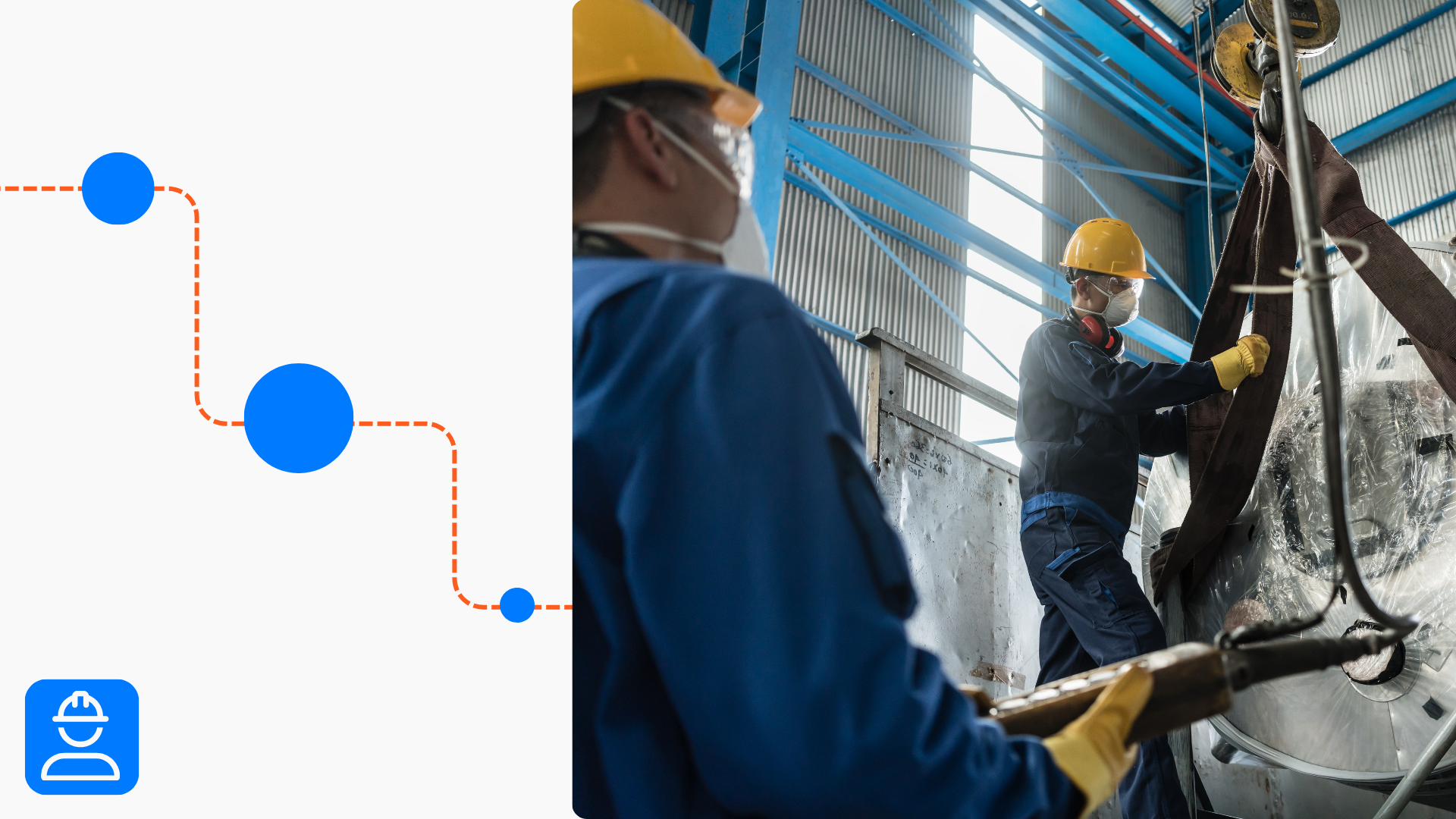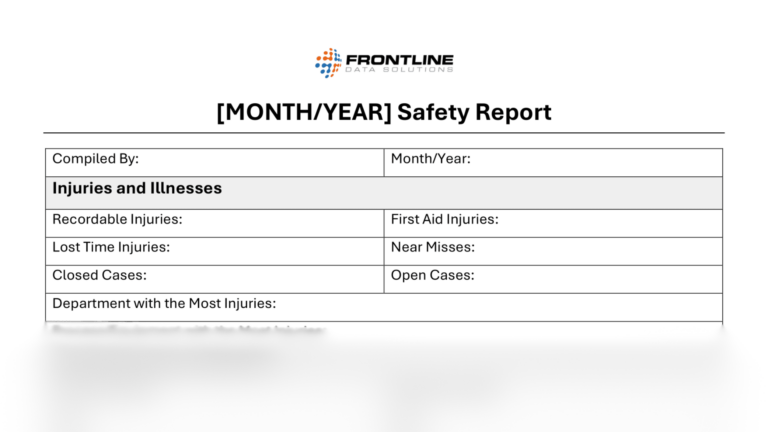As an EHS professional, I’ve learned some tried and true strategies for building relationships and expanding the impact of an EHS program. Below are some of the best ways I know how to promote safety in the workplace. You can achieve this without spending a bunch of money or completely overhauling the EHS department.
Make it easy to report safety concerns
You can’t control or eliminate hazards you don’t know about. And your employees are the best source of where to find hazards in the first place to enhance workplace safety.
I’d recommend having a safety reporting system for the entire site or company. Preferably, your reporting system should allow for anonymous submissions because not everyone feels comfortable bringing up concerns.
I’ve worked at sites where we had a safety concern box for paper submissions. And I’ve also worked at facilities where there’s a mobile app or digital reporting system available.
Another great idea is having a bulletin board or screen to display concerns (anonymously) and share what you’ve done to address them. Plus, workers will notice when you replace an ergonomic mat or install a new stop sign.
Giving workers the power to voice their concerns in a stress-free way is such a simple, yet effective, way to promote safety at work.
Openly communicating EHS projects to promote workplace safety
Another opportunity that many EHS departments miss out on is regularly communicating what they’re doing. Workers can’t support what they don’t know is happening.
A simple bulletin board or weekly newsletter about projects you’re doing can go a long way in promoting safety. When I worked in manufacturing, we kept a “safety board” up by the front entrance. Every week, we updated it with information about ongoing projects, recent safety incidents and near misses. It also included info regarding process or procedure changes to promote safety in the workplace effectively.
In general, sharing more with your employees about what’s going on behind the scenes is a great way to build trust and promote safe behaviors.
Free template!
Download this free template to create a detailed monthly safety report about what’s going on at your site. This helps in promoting safety in the workplace.
Invest in high-quality training promote safety in the workplace
How much do you talk about safety being the number one priority during employee onboarding? If you answered with “a lot,” then your safety training should reflect your focus.
Low-quality training content tells your workers you don’t value safety. It implies that safety is a box you check off, not a critical component of your business strategy.
Investing in high-quality training materials and creating a positive experience is essential. This is key if you want to promote workplace safety in the long run. Implementing a learning management system (LMS) is the best way (in my opinion) if you want to take your training program to the next level.
But if your budget won’t allow for major spending in this area, I’d start by improving your training materials. How can you make the training more engaging, efficient, and enjoyable for workers? Arming your workforce with the best information possible is such an important strategy for promoting safe habits.
Involve workers in safety projects
And lastly, nothing promotes safety more than partnering with workers to make improvements around the site. Here are some ways you can get your employees more involved in safety projects:
- Establish a safety committee made up of people from different departments.
- Poll workers on which improvement projects they’d like to see happen first.
- Physically involve workers in the labor to implement changes.
- Get worker feedback on new ideas for safety programs, initiatives, or projects.
The biggest lesson I’ve learned about promoting safety is that it depends on strong relationships between the EHS department and the workforce. This connection helps promote safety in the workplace effectively. Like most company goals, you can only lower incident rates and reduce hazards if your workers believe in the mission and practice safe behaviors.
If you’ve been struggling to improve your EHS department’s performance, start by looking at how you interact with employees. By prioritizing safety as it relates to team performance, not just individual performance, you’ll go much further towards your safety goals.




